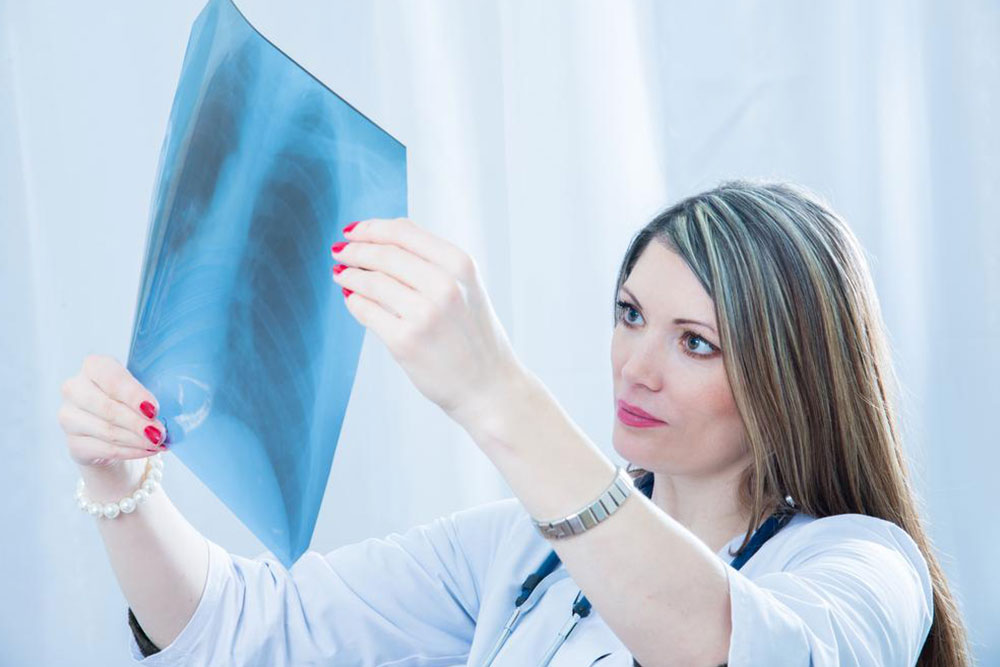Understanding Pneumonia: Causes, Symptoms, and Effective Treatments
Pneumonia is a lung infection caused by bacteria, viruses, or fungi, affecting people of all ages. It inflames the alveoli in the lungs, leading to symptoms like cough, fever, and breathing difficulty. Understanding its types, transmission, symptoms, and treatments is essential for prevention and management. Vaccines and prompt medical care can significantly reduce risks, especially during colder months. Consulting healthcare providers is recommended for personalized prevention strategies and effective treatment options to combat this potentially serious disease.

Understanding Pneumonia: Causes, Symptoms, and Effective Treatments
Pneumonia is increasingly common due to environmental pollution, impacting many individuals worldwide. This lung infection can be caused by bacteria, fungi, or viruses, making it essential to understand its causes, signs, and treatment options to prevent serious health complications.
Learn more about pneumonia below.
What is pneumonia?
Pneumonia is a respiratory condition where the alveoli, or air sacs of the lungs, inflame and swell, impairing normal breathing.
The alveoli may fill with pus or fluid, causing breathing difficulties. The most common causative bacteria is Streptococcus pneumoniae.
Types of pneumonia based on pathogen
Various pathogens lead to different pneumonia types, including:
Bacterial pneumonia: Mainly caused by Streptococcus pneumoniae, but other bacteria like Chlamydophila pneumoniae and Legionella pneumophila can also be responsible.
Viral pneumonia: Typically caused by respiratory viruses, especially affecting children and seniors, and usually has a milder course.
This form tends to be less severe and shorter-lived.
Mycoplasma pneumonia: Not caused by bacteria or viruses but shares symptoms of both, affecting young adults and children subtly.
Fungal pneumonia: Caused by fungi from soil or bird droppings, such as the Coccidioides fungi responsible for valley fever. It is especially dangerous for individuals with weakened immune systems or chronic illnesses.
Classifications based on where infection was acquired:
Hospital-acquired pneumonia (HAP): A bacterial infection contracted during hospital stays, often linked to ventilator use.
Community-acquired pneumonia (CAP): Contracted outside hospital settings; more common and prevalent in winter months.
Transmission and contagiousness: Pneumonia generally isn't highly contagious, but some types like tuberculosis and Mycoplasma pneumoniae spread via droplets. Contagious periods range from two days to several weeks, decreasing significantly once antibiotics are administered within 48 hours.
Signs and symptoms: Common indicators include persistent cough with mucus, fever with chills, chest pain, and shortness of breath. Symptom severity varies by pathogen and age:
Viral Pneumonia: Begins with flu-like symptoms, progressing to high fever.
Bacterial Pneumonia: Causes high fever, bluish lips/nails, sweating, and confusion.
Infants may experience vomiting and feeding difficulties.
Children under five show rapid breathing.
Older adults might have elevated body temperature.
Treatment options: Therapy depends on infection severity:
Bacterial pneumonia: Managed effectively with antibiotics.
Viral pneumonia: Treated through rest, hydration, and possibly antivirals.
Fungal pneumonia: Requires antifungal medications.
Preventive measures include vaccination and maintaining good hygiene, especially during winter. Consult your healthcare provider to learn about pneumonia vaccines and preventive steps.










